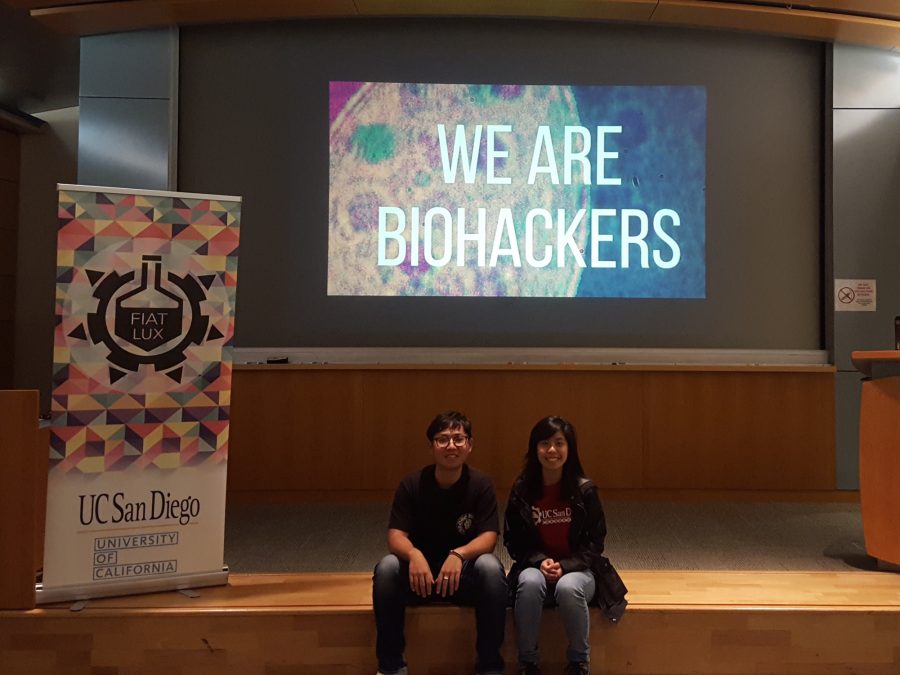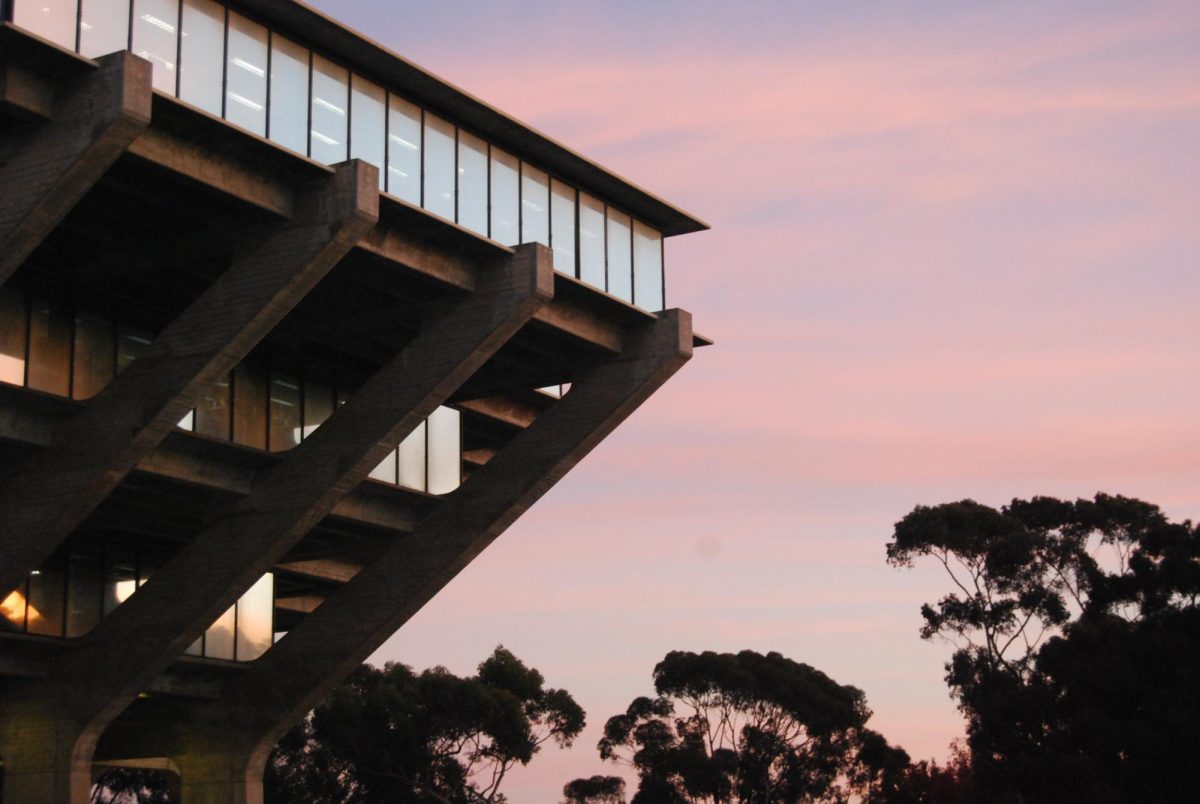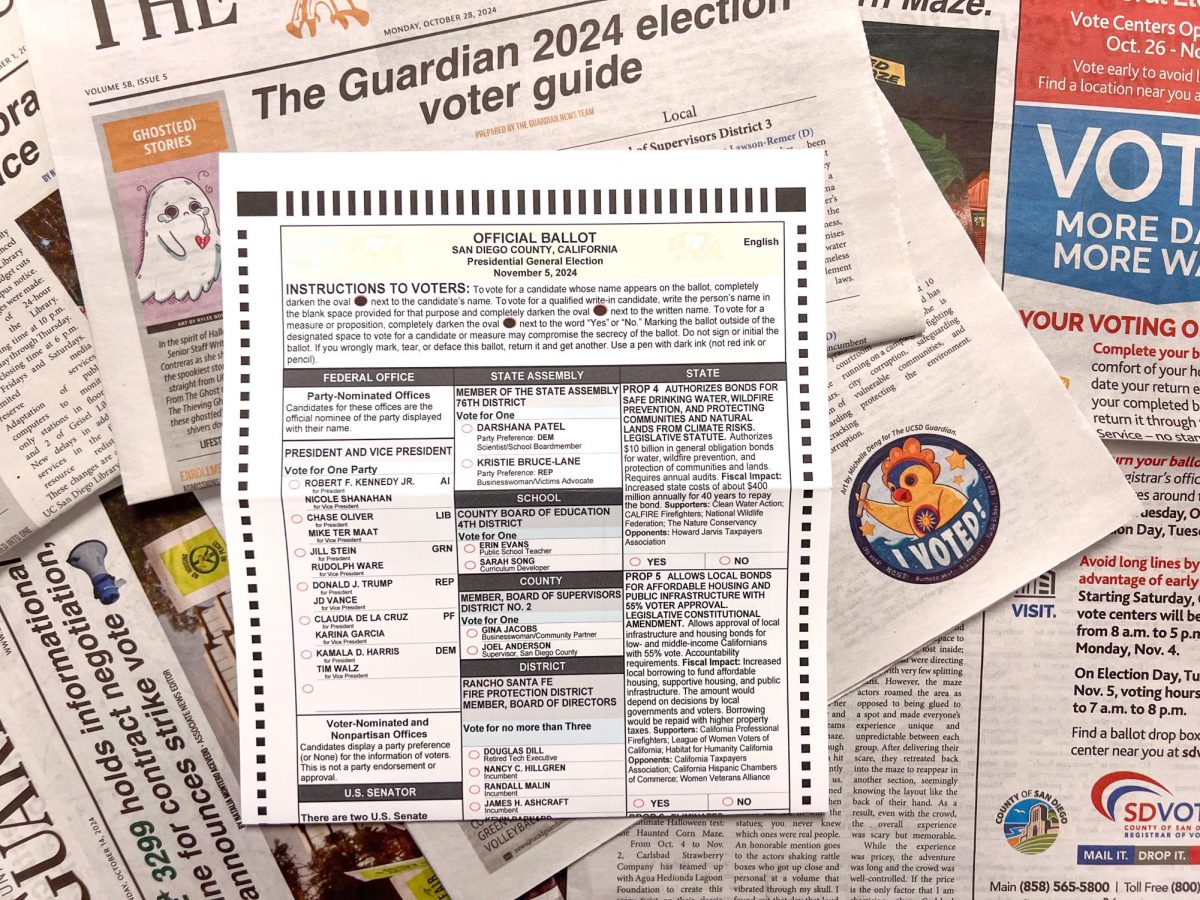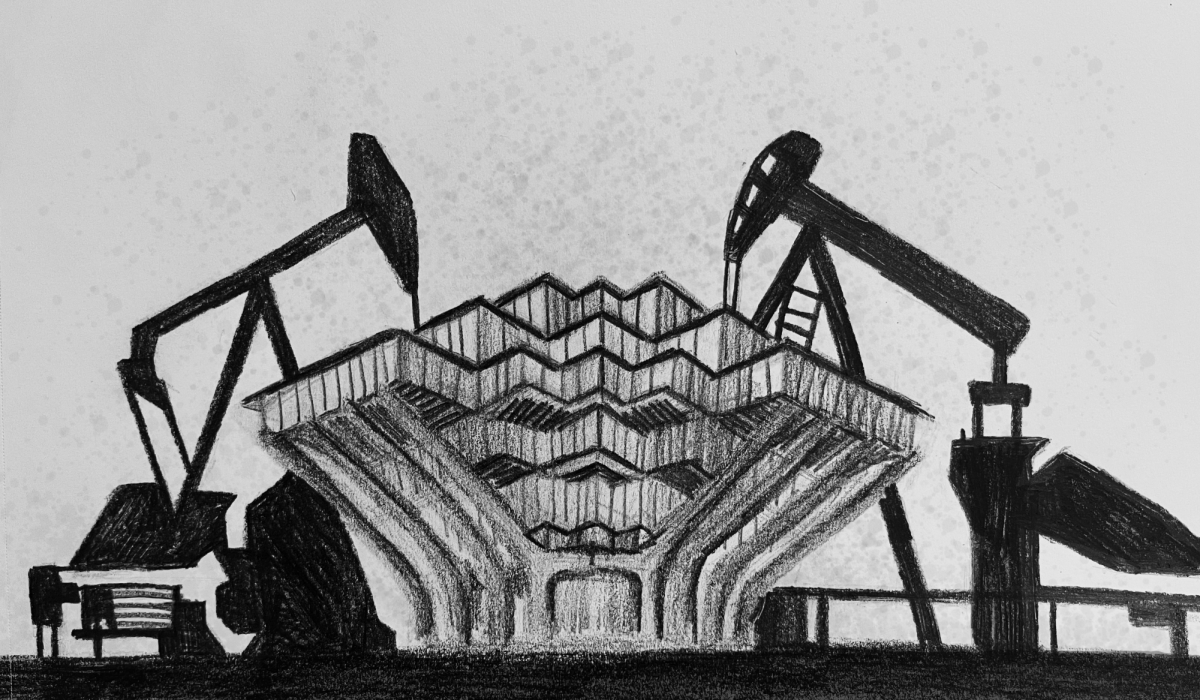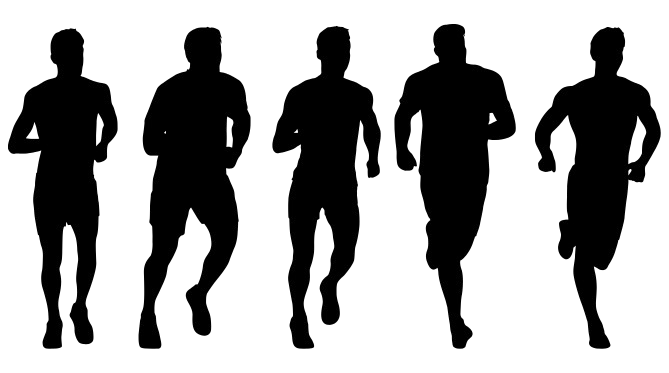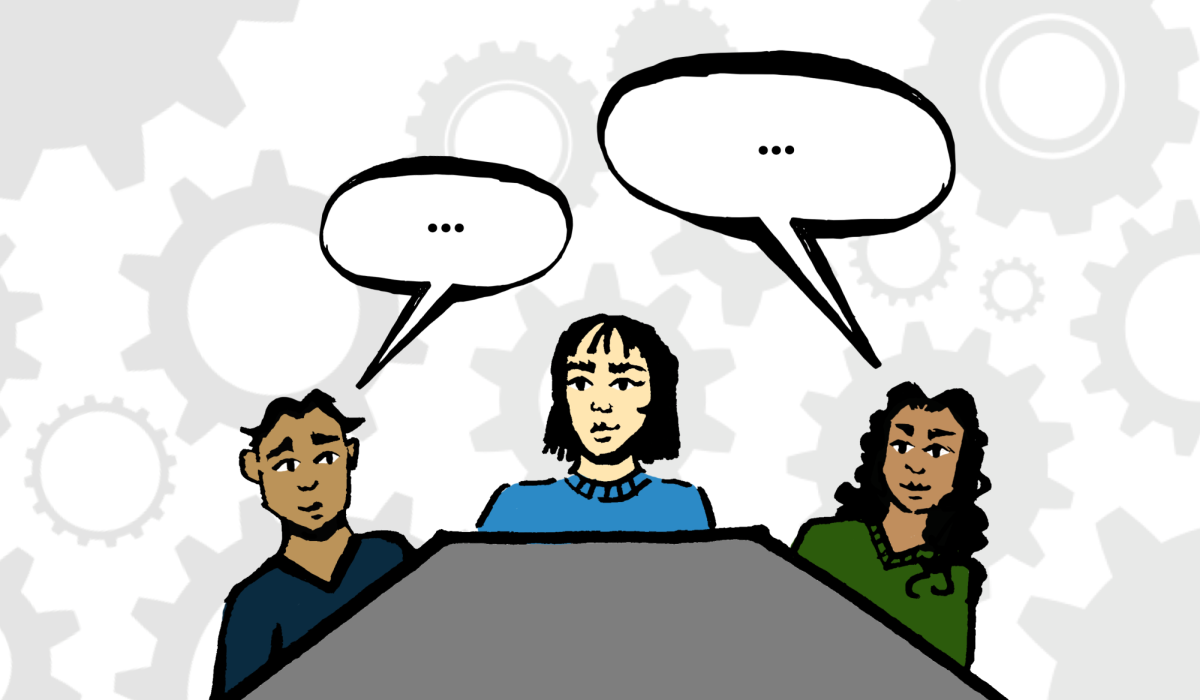UC San Diego’s synthetic biology student org earned the title of best team in North America at this year’s iGEM competition.
Not many people can say that they’re the second-best in the world at something. The members of UC San Diego’s SynBio team, however, can do just that. This organization was founded only four years ago, yet it managed to climb to the near-top of the world standings at the annual International Genetically Engineered Machine competition in Boston, an international, research-based competition which centers on using synthetic biology to solve relevant medical and biological global issues. UCSD’s team took second place for its overall project and won a multitude of other sub-category prizes, beating out powerhouse favorites Imperial College London and Heidelberg University in Germany, as well as 300 other teams who competed at iGEM. The UCSD team’s achievement is nothing short of remarkable.
SynBio is an on-campus organization dedicated to teaching students the importance of synthetic biology. It aims to bridge the gap between the acclaimed engineering and biology programs at UCSD and encourages collaboration between the two. Earl Warren College junior and bioengineering major Varun Govil joined the organization during Winter Quarter of his freshman year in the hopes of shepherding a vision for the group. He came up with the ideas for both this year’s project and last year’s competition. He reads countless amounts of academic literature, hoping to get inspired and find an area that his team can supplement with its research.
“The project we did last year was a really cool concept, but it didn’t spark an interest for the judges. This year, we wanted to focus something in the cancer diagnostics field,” Govil said. “We looked at the large body of research at UCSD, and we came across a paper that had been talking about using different markers, a completely different approach on how to diagnose cancer compared to the many pitfalls you see in the current method. We thought we could build off that, so we started looking at research from years prior and coming up with an outline of what we needed done.”
Govil recruited members for his team by conducting multiple interviews and dividing the chosen students into the three main categories that the project would cover: the dry lab (coding and other computer data work), the wet lab (the work in the lab with cells, DNA, and proteins), and the public-engagement component. He found seven members for his technical team.
“Part of the job is not just doing the work, but communicating effectively. Scientists are notoriously bad communicators, so to address that, we brought in a four-person design team: a graphic designer, a web design engineer, a person for poster design, and a person to design the documents we were going to deliver at the competition,” Govil said. “The beauty of this project is that it’s not just a technical research competition: There’s product design; there’s entrepreneurship; there’s public engagement. We need people who are passionate about these, too, and I learned that freshman year.”
Roger Revelle College fifth-year chemistry major Anser Abbas, saw a slide advertising SynBio in one of his biochemistry lectures and decided to apply. He was brought into the team to do wet-lab work and to write policy. The idea of implementing the group’s research into the real world was particularly interested Abbas. “At iGEM, you present the research you’ve done and a plan to implement it in the real world. That was interesting to me; it’s sort of a unique opportunity,” Abbas said. “Our research labs are focused on science, and this was an opportunity to learn about things I hadn’t had a lot of exposure to. I got a sense of the other aspects that I didn’t have experience with before, such as the law behind scientific policy or international rules about genetically modified organisms.”
SynBio’s project this year was to establish a noninvasive diagnostic technology that could detect cancer. Tissue biopsy, the common method of diagnosing cancer, or “the method we were all taught in grade school” (as Govil puts it), involves extracting DNA from the patient and comparing it to a healthy DNA pattern to determine whether or not the patient has cancer. However, this procedure is not only invasive for the patient, but it can also be relatively inaccurate.
SynBio’s research and planned alternative procedure involve liquid biopsy, or a simple drawing of blood, which is a far less intrusive method of evaluating DNA patterns. The team decided to look at alterations in the patient’s genetic code once the blood had been drawn. The members of the team analyzed endless patient samples that were provided to them by the lab they partnered with, and used machine learning (artificial intelligence) to find patterns in the DNA, which vary depending on the type of cancer. The proteins the team engineered bound to regions on patients’ DNA that were hyper-methylated and gave off a fluorescent signal. All of this work was done over the summer at UCSD’s School of Medicine. The complex process meant that Govil worked 80 hours a week all throughout the summer.
Last year, Govil acted as team leader, and though the team’s project was much-talked about and supported by all of the bioengineering department, a devastating mistake in failing to provide sufficient validation for the DNA sample used cost the team any chance of placing at iGEM. Feeling defeated, Govil was ready to resign upon returning to San Diego from Boston.
“When I saw the results, I felt awful, because I felt I had let everyone down. On the plane back from Boston, I was drafting my letter of resignation. But then I thought, ‘You know what? You can probably do this; you just need a sexier idea, if you will. And you need a larger team,’” Govil said. “It’s very easy in the vacuum of the first six months to be like, ‘Oh, we got this!’ But then when you go to the competition, you see these world-class teams who have never not made finals. It’s a whirlwind of emotion.”
The SynBio team saw a complete turnaround over the course of a year. It kept its expectations in check this time, simply hoping its results this year would be a building block for next year’s team.
“You can win an award just in your track, and that was our goal. We just wanted to win Best Diagnostic, so it was kind of surprising to find out that out of all of the teams, we placed second,” Abbas said. “We collected some minor prizes as well: Best Public Engagement, Best Entrepreneurship, Best Poster, Best Diagnostic. Not too shabby.”
Govil and his team kept an eye on their emails after they had competed for the past three days, constantly checking for any notification from judges. None came, which made it all the more of a surprise when the team saw “UC San Diego” listed as a finalist.
“I thought we were maybe in the top 15, but you don’t get something for top 15 in this competition. You get top three or nothing,” Govil said. “We knew we had to prepare. When we went and saw ‘UC San Diego’ under finalists, everyone on our team just started screaming. It was absolutely amazing chaos. UC San Diego currently holds the ranking as the best North American team, which is pretty wild.”
“It was an amazing experience. It was really cool to see teams from all over the world working in the same growing field,” Abbas said. “It was stressful, trying to arrange all our figures and get everything correct for the presentation. But being in a new city to present the work we’ve been working on all summer, it was a really good experience.”
Read More:
Title IX, Trump, and Campus Sexual Assault
Cognitive Science at UCSD: An enviable choice or just a backup?
But First, Coffee: All About The Art of Espresso Coffee Cart
Govil has far too many favorite memories to count over the course of the experience. It’s clear this endeavor has been a passion project since day one, and the amount of pride he has in his team members and their accomplishments is reflected in his speedy recollections of their moments of victory. The team’s transformation over the past year is what he’s most proud of.
“I took a picture of our 2017 project and our 2018 project, and you can tell the difference immediately. The fact is that 12 months ago, we were at the bottom of the pile. Seeing the jump from year one to year two for me personally is amazing: being on the plane home from Boston first year almost in tears, and then second year just being stunned at what’s happening,” Govil said. “Today is my first day I’m planning to sit down and internalize everything.”
He gives a special shoutout to his team, who were grilled with 15 complex questions from a seasoned professional judge during the competition. They answered them all. This moment was Abbas’s favorite in the entire competition.
“My favorite memory was after we had presented, and after that, you stand by your poster and answer questions. The questions that we got, we were prepared for, but it’s still a little different once you get the question,” Abbas said. “By the time we got to the point, we had kind of gotten into the rhythm to answer questions and we were starting to feel more confident about our project. We realized we actually had something worthwhile that people actually liked.”
While Govil won’t be leading the team next year, he’ll be back as a mentor. He wants to build on its current success and restructure the team. Most of all, he wants to see SynBio’s popularity and presence grow. The organization has even written a textbook to make synthetic biology more accessible for students in grade school.
“We’re hoping that what we’ve done kind of gives them a leg up. A lot of the work we did over the summer was organizational stuff, and while we got a lot done, we could have done a lot more,” Abbas said. “Hopefully we’re able to pass down the structure of how we arranged our work. They can adopt that and then spend their energy doing more creative scientific things.”
Both Govil and Abbas believe that being a part of SynBio has affected their goals for the future. Govil originally thought he would go into the biotechnology industry and spend his days at a lab bench. Now, he’s realized he wants to be more involved in the big picture by pulling the strings.
“The iGEM competition was a really good way to experiment with that. It helped me realize there were other fields in biology I wanted to explore. Having won this has taught us the power of never giving up. It took only 12 months to turn around from the bottom all the way to the top of the world,” Govil said. “It also has given me the confidence to take on more ambitious technical projects in the future, as I develop more stuff in medical device and product innovation.”
“The work gave me a look into regulatory law; it definitely sparked an interest in things like that. It hasn’t made a huge change, but it strengthened some areas that I was uninformed about,” Abbas said. “I feel like a more complete scientist. I’d like to go into clinical research, and this gave me a big insight into how clinical research works. I feel more confident now.”
Perhaps most importantly of all, SynBio at UCSD has contributed to a field that needs as much help as it can get, given the current political climate. The Trump administration has announced its plan to redirect finances used for cancer research into immigration detention. This includes taking away millions of dollars from the National Cancer Institute. Govil points out that scientists get stuck in their “little vacuums” all too often, and it’s important to think politically and economically when conducting research.
“What the Trump administration is doing is hurting our youth’s future. In terms of the technical and scientific knowledge, there are going to be huge ramifications. We’re really fortunate to be living in California, where the UCs are really supportive of research. We don’t feel that pressure in decreased cost,” Govil said. “Implementing synthetic biology in low-resource communities would be very important. I think that the way that scientists think these days is that they realize they have to factor in financial costs.”
Abbas also thinks that the lack of reliable and affordable healthcare in the United States should be a matter of utmost concern for scientists and researchers everywhere.
“I think a big aspect of our project was to come up with a diagnostic tool that was low-cost. So we did a lot of research into how underserved communities that don’t have good health care structures in place would be able to use our tools. We have thought about the economic ramifications of our research. We’re proud we were able to consider that in our project; we know that it’s an important thing to look at,” Abbas said. “SynBio is really unique in that way. I haven’t seen another organization on campus like this. It’s important not to have blinders on, to understand the larger aspects of the work that you do and the connections to other fields.”
Though Govil believes President Donald Trump and his cabinet are sabotaging the future of many citizens by perpetrating scientific falsehoods, instead of focusing energy on innovation, he’s hopeful that scientists can and will continue to adapt and make advancements for those in need. Govil can see this happening at UCSD.
“It’s unfortunate, but I’m optimistic, especially in the state of California and at UC San Diego,” Govil said. “It’s really empowering for me to say that I did something that will stand the test of time. I’ve helped further UCSD’s legacy.”
Picture courtesy of UCSD Synbio.


